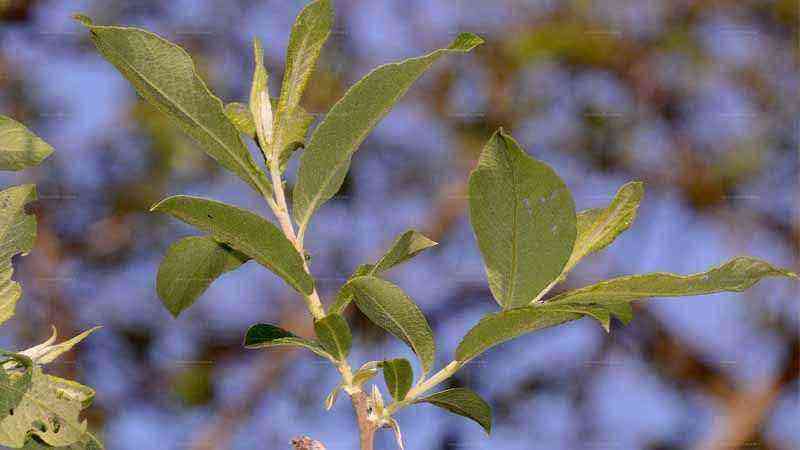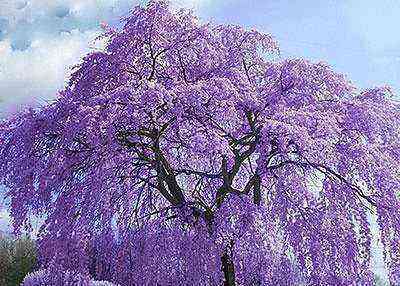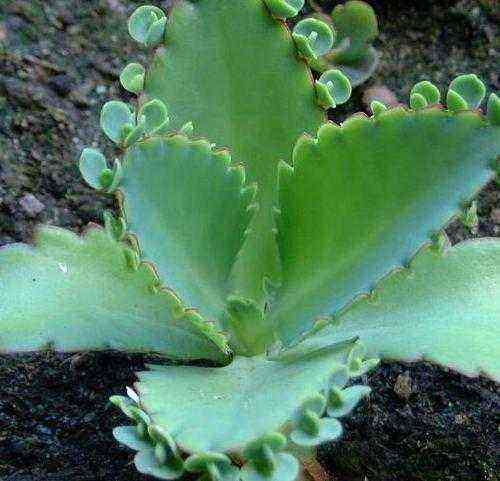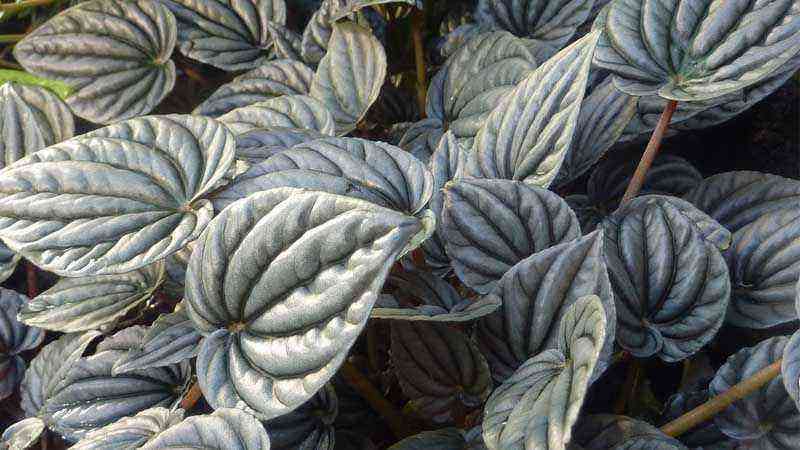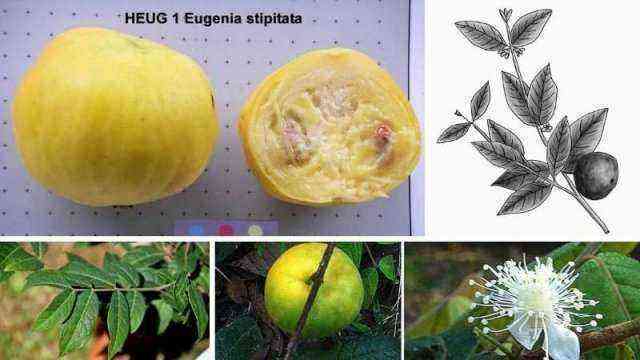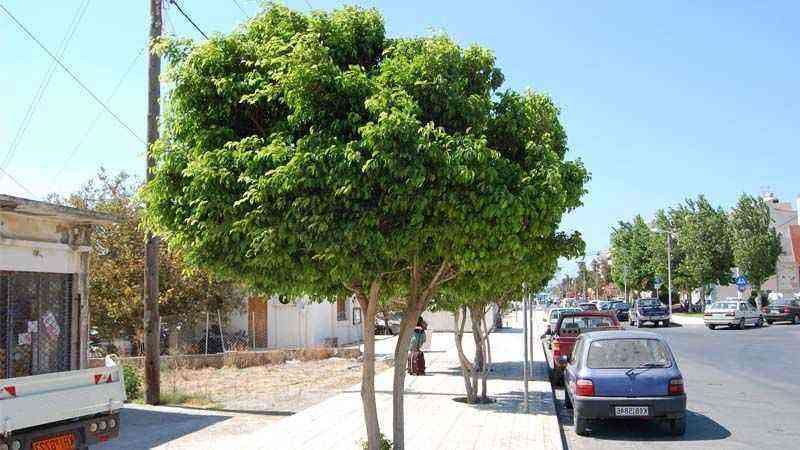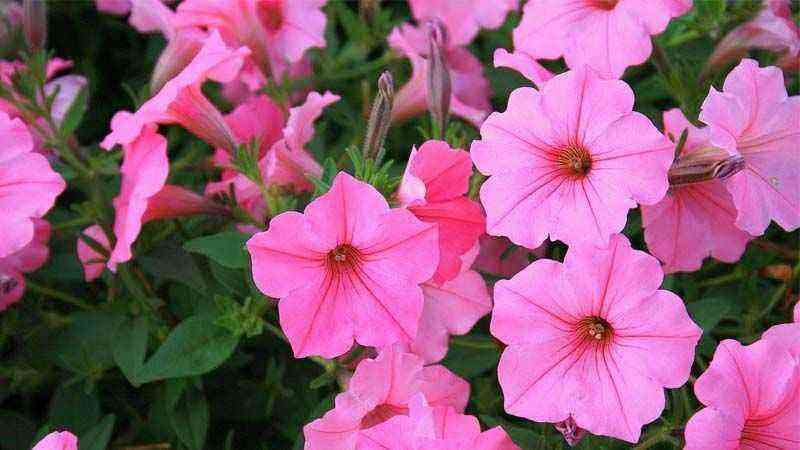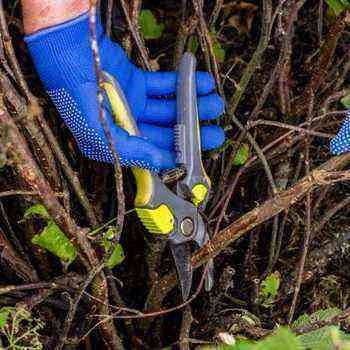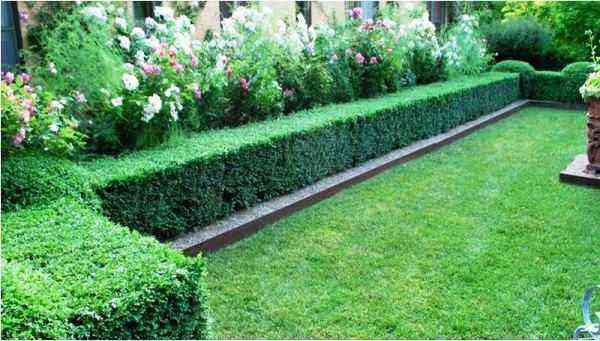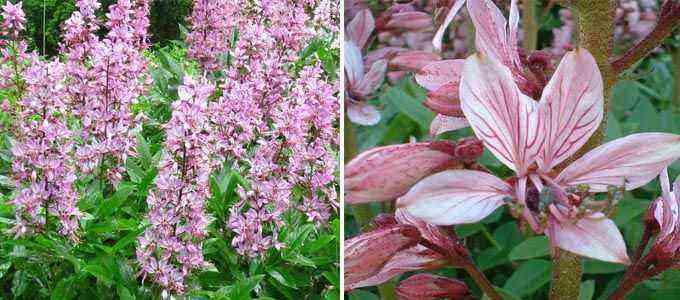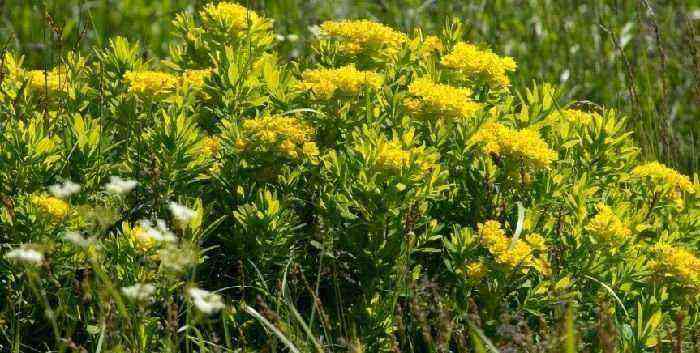Features of caring for raspberries in the fall and preparing them for winter
Autumn care for raspberries includes preparation for the winter period, it differs in some features that are associated with the specifics of the berry:
- Preparation for winter begins in the last weeks of summer, after the end of the fruiting of the plant.
- Before winter, pruning is carried out, which strengthens the heat-loving shrub, helps it withstand a drop in temperature.
- Flower buds, on the condition of which the future harvest depends, are afraid of freezing. Therefore, raspberries must be covered.
- The shoots on which there will be berries in the next season should ripen well before the onset of cold weather, they are fed to accelerate ripening.
- Without preventive treatment of the berry, insect pests will weaken the bush, raspberries may not withstand the harsh conditions of winter.
- One of the varieties of the shrub is the remontant raspberry. It must be distinguished from the usual, preparation for the winter of this species has its own specifics.
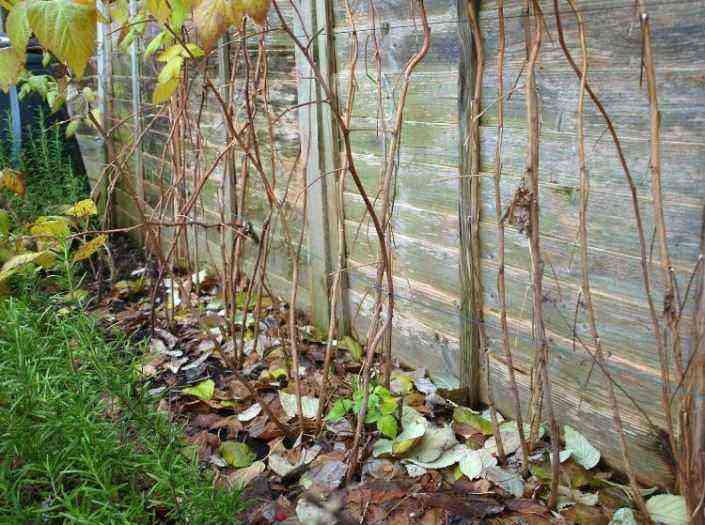
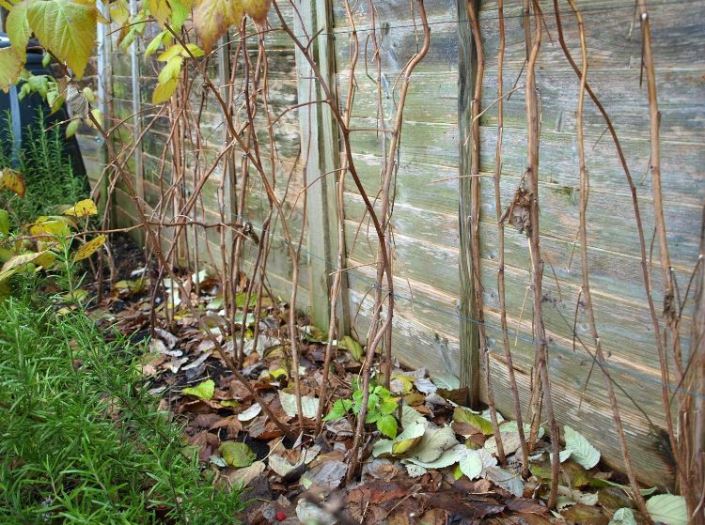
The list of agrotechnical measures for autumn care includes the obligatory pruning of shrubs, top dressing, spraying against pests, mulching and shelter. Any violations of the care technology will entail a sharp decrease in the quantity and quality of the next year’s harvest.
Bending down raspberries: how to do it right and when
Raspberry bushes bend down on the eve of frost. This can be done in different ways. Most often, the branches are tilted to the ground and fixed with staples. You can also tie a string along the bush and attach the stems to it.

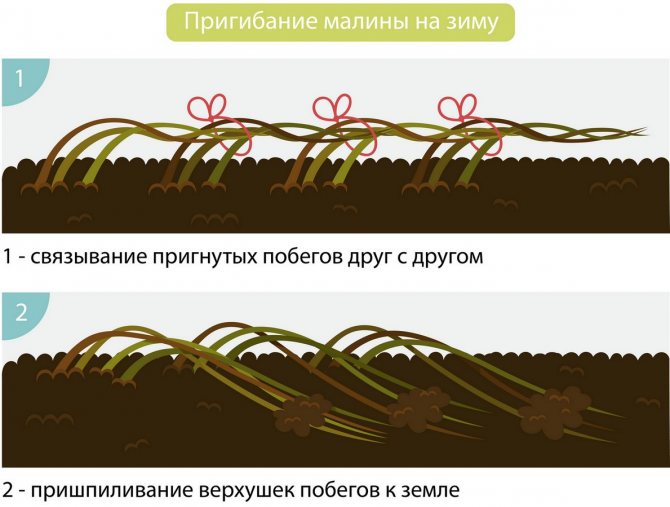
It is important to take into account that the height of the laid shoots should not exceed 40 cm so that the culture does not freeze. Peeping shoots out from under the snow can provoke the death of the buds, since the snow cover has the lowest temperature in the upper layer.
Preparing raspberries for winter in the fall – why prune?
A biennial berry grows on biennial shoots. After the end of fruiting, these stems are no longer needed, they die off over time. The berries have already been harvested, and the shoots are green, pulling the nutrition of the bush. To avoid this, they are cut to the root after harvest. Usually pruning falls in August-September, depending on the region and crop variety. What does it give?
- Pruning increases the resistance of the crop to cold.
- Without carrying out the procedure, the berries become smaller, the yield will be less.
- Diseased shoots, damaged, are removed in order to prevent fungal diseases.
- The illumination of the bush is getting better.
- Access to such a bush will be more convenient.
Young green shoots will bear fruit the next year. Not everyone leaves them either. Thin, sick, dry are removed. It is enough to leave 8-10 shoots per sq. meter. The thickened planting is thinned out, leaving half a meter between the bushes.
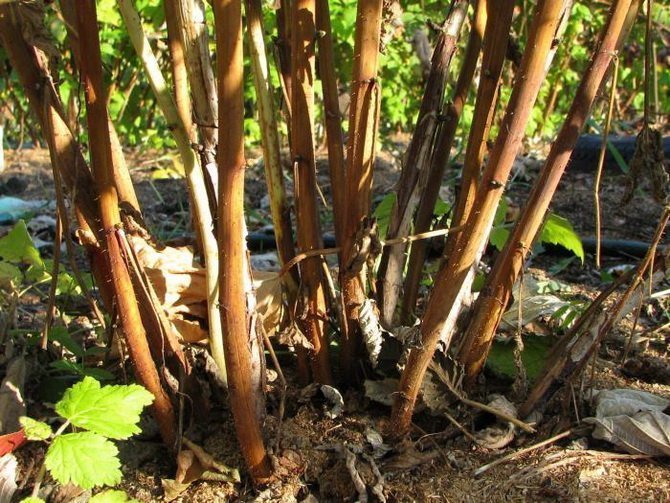
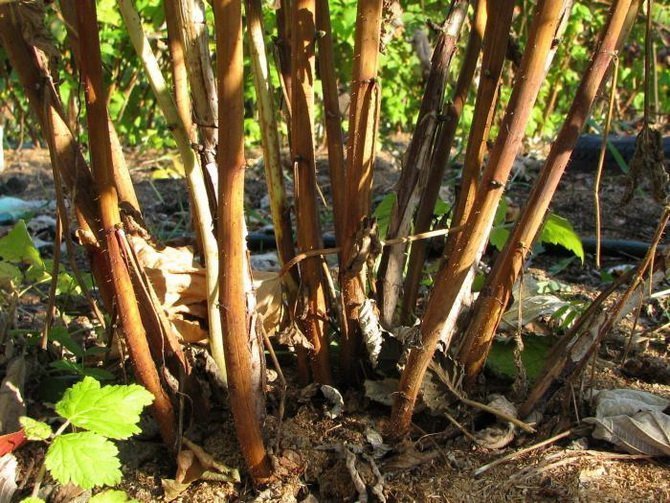
It is necessary that the stems of this year mature before the onset of cold weather. For this purpose, they are cut by 10 cm. Shoots are removed. If the growth is necessary for planting new bushes, it is dug up, planted in another place. If not, they throw it away. Branches and leaves are burned to kill pests.
Bushes planted this season are not pruned.
Raspberry rejuvenation
You can grow raspberry bushes in the same place for no more than 10 years. Practice has shown that excellent harvests from a raspberry growing in one place can be harvested for five years. Then the shrub grows old, the soil under it becomes poorer, the yield falls.
The easiest and fastest way to rejuvenate the raspberry tree:
- dig up the rhizomes of the bush after 5 – 6 years;
- leave the garden bed for 1 year;
- all free space is overgrown with new young shoots.
How to feed raspberries in the fall after pruning
To accelerate the ripening of shoots, to strengthen the bushes and prepare for the winter season, after pruning, raspberries are fed with potash and phosphorus fertilizers (not nitrogen, which stimulate growth). Mineral and organic fertilizers alternate. Two dressings are made: the first at the end of August, the second before frost, as a rule, in October. After pruning, fertilize the culture with wood ash or a complex agent that does not contain chlorine. Fertilizers are applied to the grooves around the bush with a depth of 7 cm (raspberry root system is branched). 50 g of granular superphosphate and potassium sulfate, half a liter of wood ash are added to the bush. The bushes are watered abundantly for better assimilation of fertilizers.
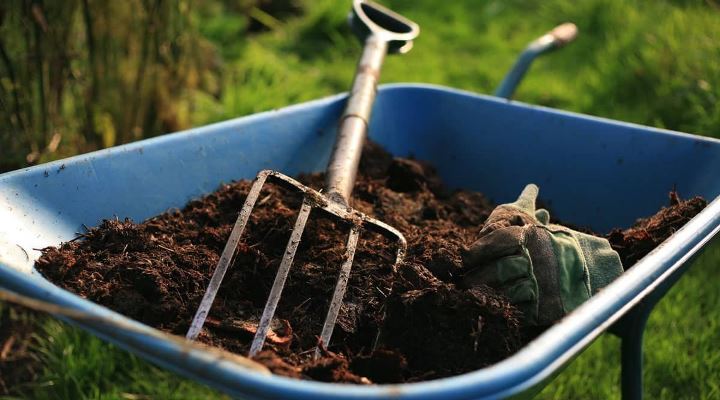
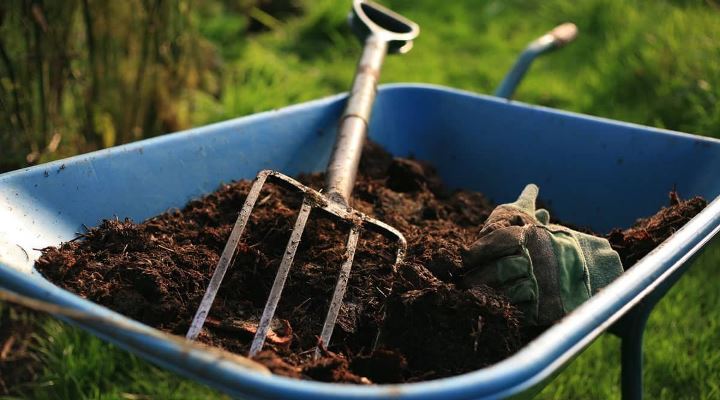
Preparing shrubs for shelter for the winter
Before preparing pruned and fertilized shrubs for shelter, perform actions in the following order:
- They clear the soil under the bush from weeds, fallen leaves.
- Leaves are removed from the shoots.
- Remove the branches from the trellis.
- Tie the stems together loosely with twine, nylon threads. Bound bushes next to each other are tied together.
- Beams are bent with an arc to the ground (distance from the ground 20-40cm).
- Press with any wire clamp to hold the bush, tied to the bottom wire of the trellis.

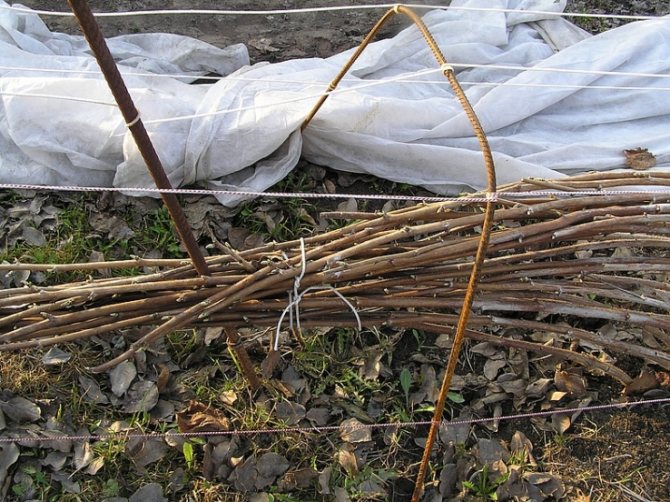
The total height of the bent bush should be small – up to half a meter, so that the snow covers the bush well.
Freeing raspberries from pests
Insect pests (for example, a raspberry beetle or a stem galitsa) can greatly weaken the berry in the fall. To destroy them after fruiting, the bushes are treated with karbofos, insecticides. In order to prevent fungal diseases, diseased shoots are removed and burned, the bushes are sprayed with solutions of ferrous sulfate, Bordeaux mixture, phytosporin according to the instructions for the preparations.
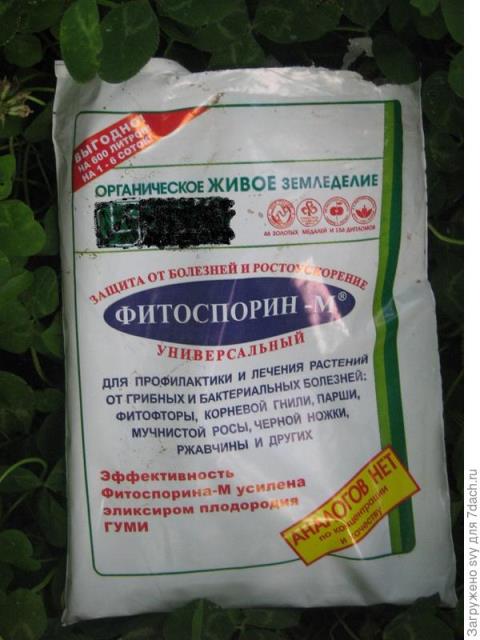
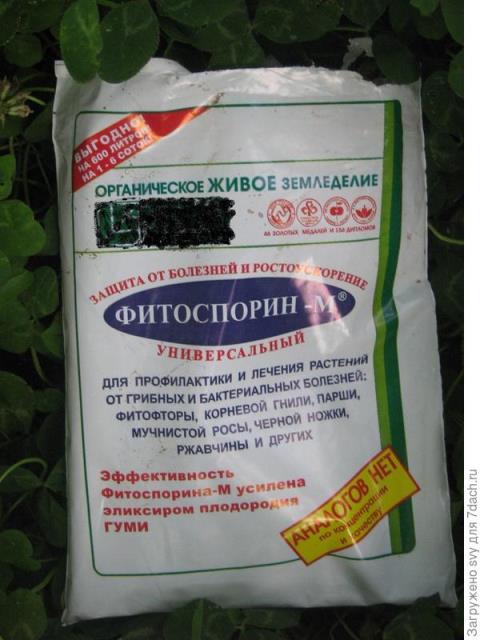
Leaf harvesting and fertilization
In September, before tying the bushes, the leaves are removed from the shoots. After the end of the growing season, a bush with a lot of leaves spends energy on maintaining their existence. Leaves rot when it rains, increasing the risk of disease. The procedure is performed on a thorny bush in tight gloves. Leaves are removed by running your hand along the branch from bottom to top, carefully so as not to remove the buds at the same time. Before the second fertilization, fallen leaves and weeds are removed. Rotted manure is brought in: 6 kg per sq. meter. It will simultaneously perform the function of a heater. They are fed with complex fertilizer for raspberries. Mulch with herbal compost, a layer of 5-10 cm. The introduction of organic matter under the root can weaken the root system. Lay out top dressing in the aisle, then dig up the soil. Apply a solution of carbide 1 to 50, mullein 1 to 35.
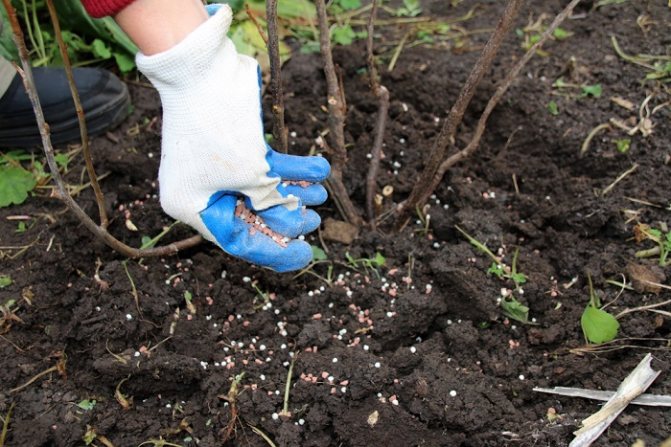
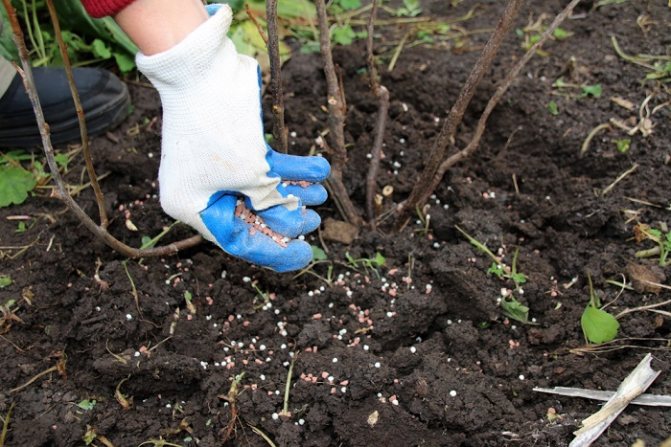
Digging the soil
The shrub has a developed superficial root system. Digging is done very carefully. Some summer residents are limited to shallow loosening of the soil. The aisles are dug up simultaneously with the application of fertilizers.
Mulching the soil, tying up branches, additional shelter for the bushes for the winter
Mulching is especially important for moisture-loving raspberries, especially in arid climates. Covering the root soil retains moisture. Before mulching, be sure to water the shrub well (30 liters per bush) so that the root system of the berry is not dry during a sharp cold snap. Raspberries love neutral soil. Therefore, summer residents do not cover the soil with needles, compost. They use straw, decayed foliage, peat. A layer of mulch 5-10 cm high. A thicker layer during thaws stimulates the development of kidneys, promotes the development of diseases, weakens the plant’s resistance. The root collar is covered with a thin layer of earth, the soil is leveled.
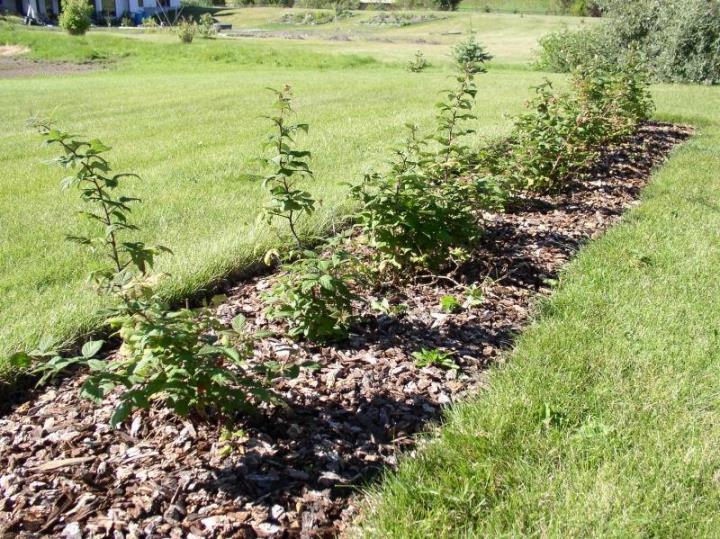
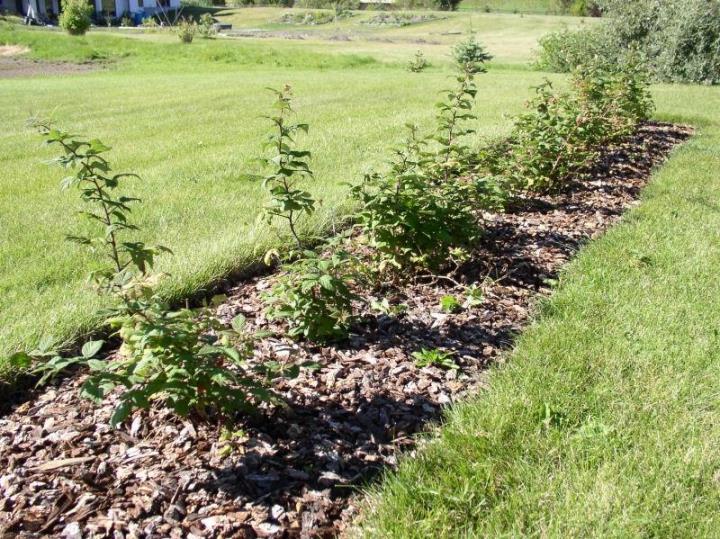
Additional insulation
The process of sheltering raspberries differs in different regions: in southern latitudes, regions with snowy winters, the main shelter is snow, in areas with severe, cold, little snowy winters, it is more significant. Summer residents in regions with harsh winters, where little snow falls, additionally cover the raspberry tree with several layers of lutrasil or spunbond (non-woven material). They fix it by digging in the ends with earth, putting a load. Cover with sheets of cellular polycarbonate. To retain snow and protect from the wind, additional barriers made of plywood or polycarbonate are installed. Shields are tied between the trellises, dug into the ground. The stalks of corn and sunflowers are staggered to trap the snow.
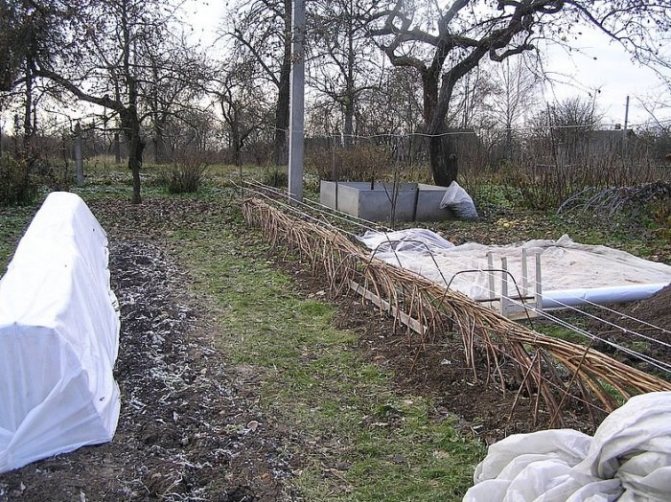
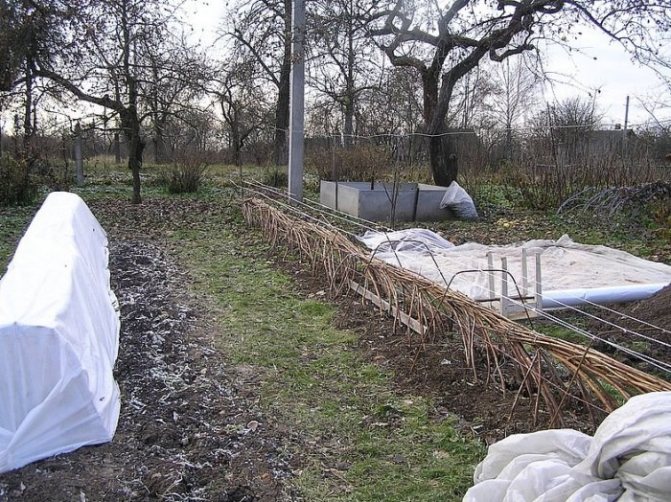
Terms of autumn shelter and spring disclosure of raspberries
The timing of both shelter and deployment depends on the region, its temperature indicators. If you cover the shrub too early, the roots may rot, if you are late and carry out the process in cold weather – the shoots will become fragile and may break. It is most effective to apply protective measures before snowfall after falling leaves. It is very important to remove the shelter in time, especially the covering material, to prevent the root system from getting too warm or the buds freezing. For the main opening, a suitable temperature is chosen in March, tying on the trellises is performed in April.


Useful tips from seasoned gardeners
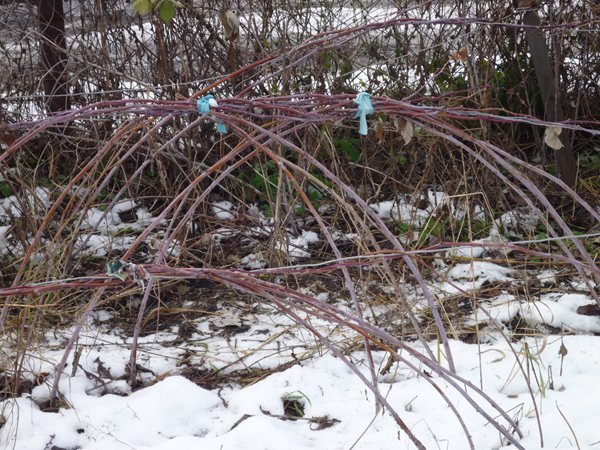

For beginner gardeners, preparing raspberries for wintering can raise many questions. Below are some practical tips that can help with this time consuming operation.
- When pruning, each of the shoots left after cleaning is shortened separately. Cutting a bush to one length will deprive a significant part of the crop. Remove the remaining foliage by running your hand along the branches from the bottom up. Otherwise, there is a great risk of kidney damage.
- In areas with little snowy winters, you can leave the main pruning for the spring. More shoots help retain snow in winter. The same applies to some early varieties, which, after pruning, begin to grow. Shoots of such varieties are not shortened, but directed tops down.
- Before mulching the raspberry tree trunk circle, the soil is carefully loosened and dug up. This is necessary in order to destroy pests that have managed to hide under a layer of earth for wintering. Taking into account the fact that the root system of raspberries is located close to the surface of the soil, the operation is carried out with extreme caution.
- When growing raspberries in trenches, mulching can be neglected – they retain the moisture necessary for the roots well.
- Decayed compost cannot be used as mulch – it contains a large amount of nitrogen, which is not at all desirable for the autumn period.
- The bending of the shoots must be carried out before the onset of stable frosts, otherwise they will break at the bases when bent.
- In winter, especially in February-March, it is important to monitor the presence of snow cover on raspberries. It is the end of winter that is considered the most dangerous time for culture. For this, the snow is shoveled and thrown onto the bush. It is also important to monitor the level of snow, as too much snow can break the shoots laid under it.
- If it is possible to get into the garden area in winter, then the formed snow crust (usually it takes place in March, when daytime thaws alternate with low temperatures at night) must be pierced with sticks to provide air access to raspberries.
- If the shelter was insufficient, then the raspberries freeze out. But you should not rush to get rid of it – you should wait until the shoots appear: it is possible that at the lower level, after an unsuccessful wintering, a couple of buds have survived, from which shoots will appear. If this does not happen, the bush must be uprooted.
If we take into account all the above nuances, then raspberries will well endure the winter season, and in the spring the losses will be minimal.
Preparing raspberries for winter has a lot of nuances, but in many regions of the country with a cold climate and harsh winters, this event becomes simply necessary. Autumn grooming, mulching, bending over and organizing shelter – all this takes up a sufficient amount of time for the gardener, but all the efforts made will be offset by a high raspberry harvest next year.
Factors affecting the condition of raspberries after wintering
The snowless winter, weak cover of the bushes sometimes lead to the fact that some shoots will freeze and have to be cut out. After wintering, the bush comes out weakened, it needs careful care and feeding. Early spring is a very changeable season, characterized by large temperature fluctuations – day and night. Even in mid-May, frosts are still possible. Summer residents carefully study the temperature forecasts in order to have time to cover the raspberries with non-woven material in time and protect the kidneys from freezing.

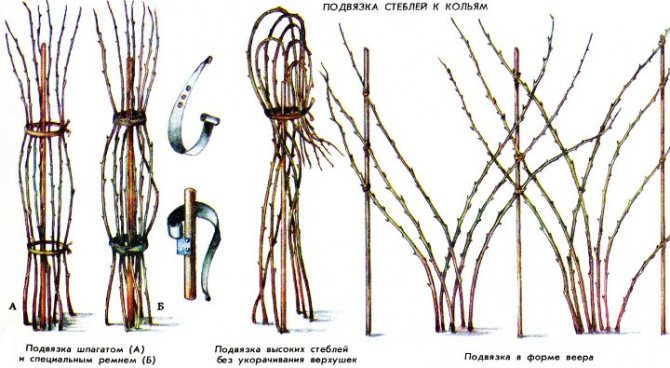
What are the features of preparing remontant raspberries for winter
Repaired raspberries can bear fruit 2 times per season: on two-year shoots (in July) and on annuals (in September). It is most optimal to choose the fruiting of annual shoots, which give a better yield than perennial ones, of higher quality (large berries). With the help of crop rationing, the bush is not weakened for the production of spring berries, and it will focus only on the autumn. Autumn fruiting can continue until the first frost. Gardeners are in no hurry to prepare for the winter, let the berry grower recover after picking berries, and wait until the raspberries drop their foliage on their own.
How to prepare remontant raspberries for winter?
After the berry grower drops the foliage, cut off all the branches of the bush, leave small stumps at the roots. Annual shoots will have time to grow in the spring before fruiting. In this way, pests are removed. A completely cut bush is easy to insulate. The main thing is not to let the roots freeze, but do not overdo it, so that the root system does not rot if the winter is warm. The bushes are mulched with leaves, branches, manure, rotted sawdust.
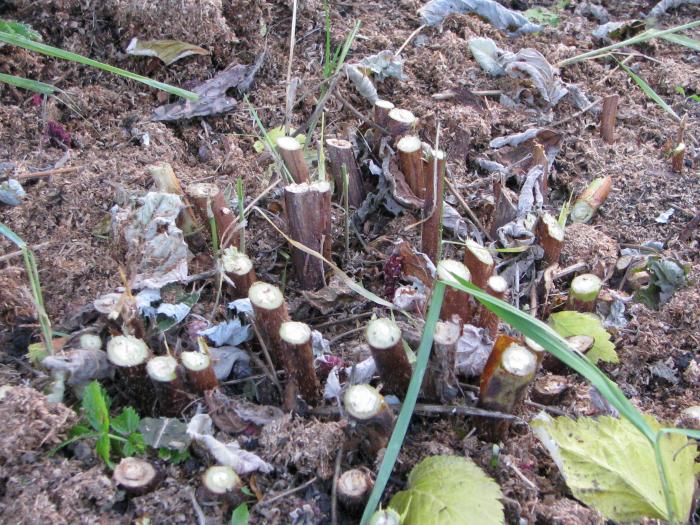
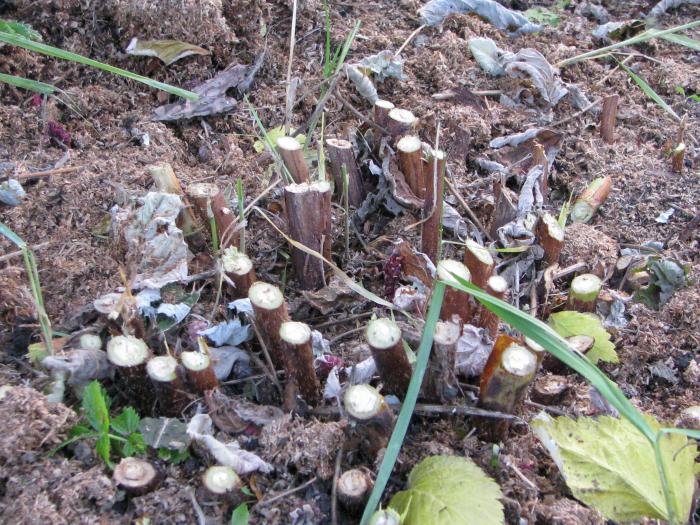
Important points every gardener should know
Pay attention to the important points that reveal the features of wintering culture:
- The foliage and cut stems must be burned to reduce the number of pests.
- Mulching raspberries cuts watering in half.
- By tying raspberries on a trellis, they increase the illumination of the bush. During shelter before winter, it is convenient to tie the laid bushes to the trellis.
- Feeding with organic fertilizers under the root, you can not only weaken the bush, but also burn the roots completely.
- Raspberries, whose buds were frozen during the spring frosts, will later open up others. The harvest will be, although less.
- In order not to accidentally cut off a regular raspberry instead of a remontant one, pay attention to the tips of the branches. The remontant has flowers, ovaries, berries on the tips.
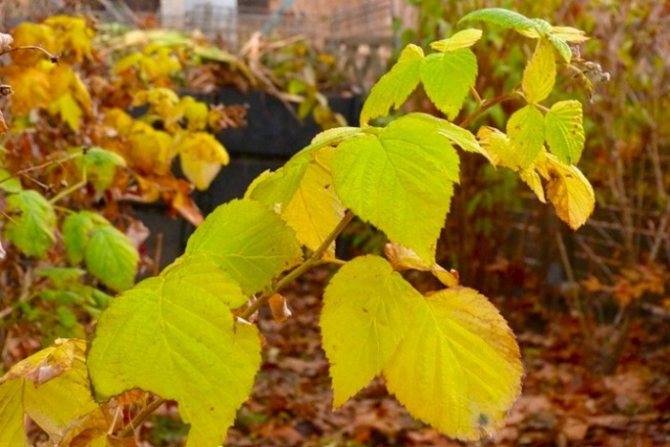
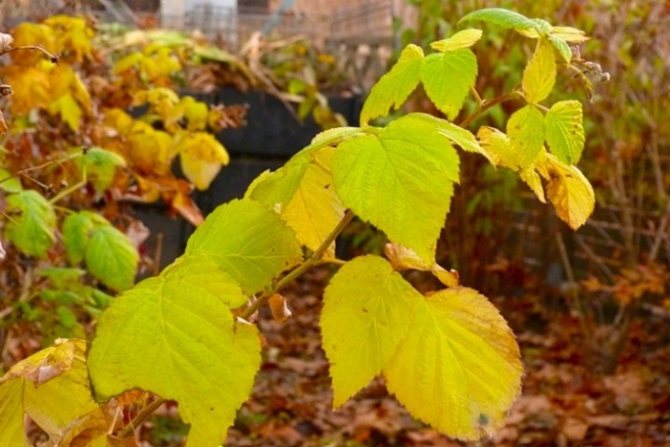
Autumn planting methods of raspberries
Planting raspberries in autumn is possible, although most often they are planted in summer or spring. It is necessary to choose light loamy soil for planting raspberries. The site needs to be dug up, fertilized with compost or humus. Choose a landing method. It can be pit or trench. Which to choose? It all depends on the site, on the preferences of the gardener.
For trench planting, raspberry bushes are placed at a distance of about 40 centimeters. Fertilizers are applied directly to the grooves, and during planting, more ash is added. Nitrogen fertilizers cannot be used, this will negatively affect the wintering of the plant.
The roots are dipped in a liquid mess of clay and mullein and dipped into the grooves. Sprinkle with soil so that the roots are completely covered. Then the plants are watered, the ground around the bushes must be mulched.
With the bush planting method, raspberry bushes are placed in prepared pits. Fertilizers are placed at the bottom of the pits. Planting is carried out as carefully as possible, straightening the roots, compacting the soil, then spilling it and mulching.
Raspberry transplant in autumn
How to determine if the bushes are ready for transplanting? It is necessary to pay attention to the replacement buds, they develop on the root collar. They usually appear in mid-September or October. It is imperative to transplant raspberry bushes 20 days before the onset of frost, otherwise the shoots will not have time to take root.
After planting in the fall, a raspberry garter should be made. Better to use tapestries. Young offspring are tied to a stretched wire located on two columns. Another wire is pulled higher for taller shoots.
Young seedlings are covered with polyethylene or non-woven material, fastened to the frame. The root system is mulched with leaves or straw.
We prepare raspberries for winter correctly, following all the recommendations given above, and then in the summer you can enjoy the unique raspberry taste of strong aromatic berries.
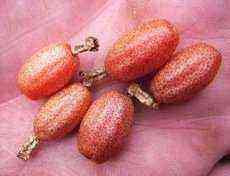
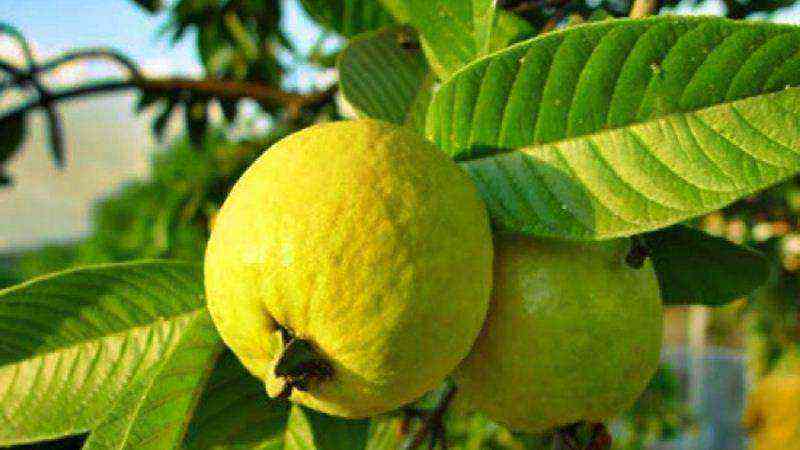
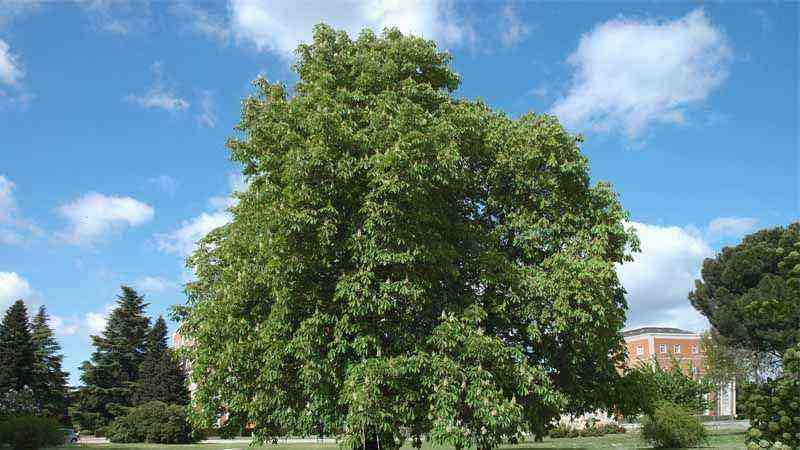
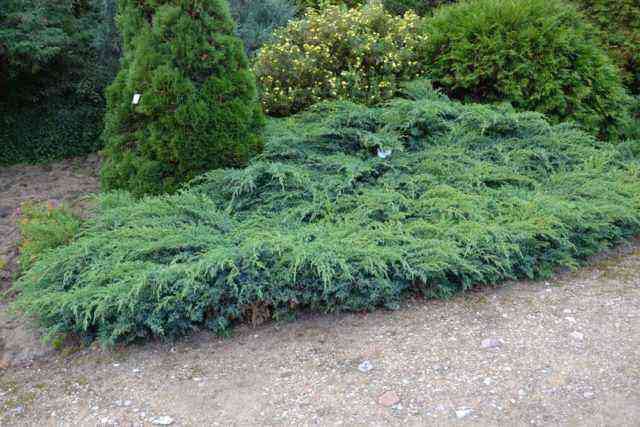
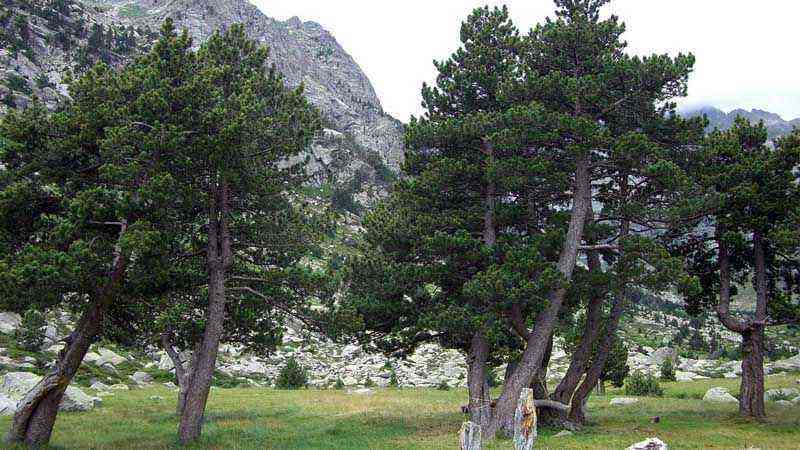
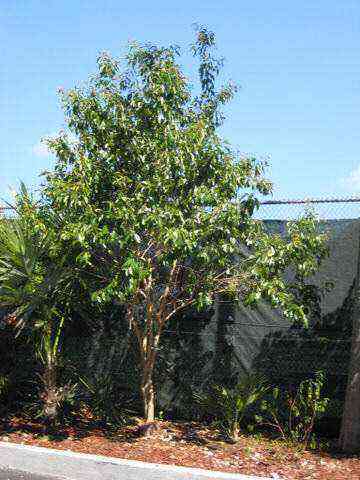
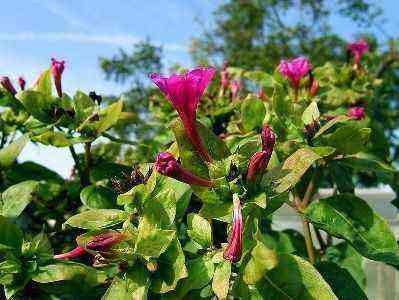


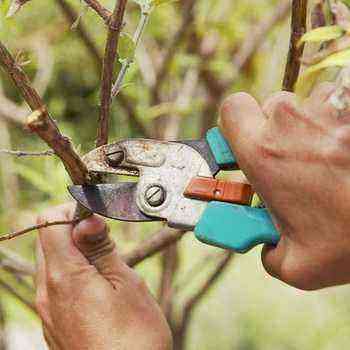
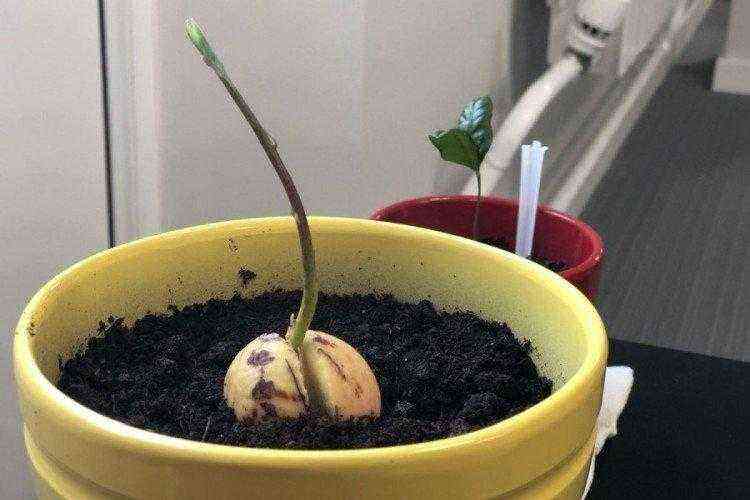
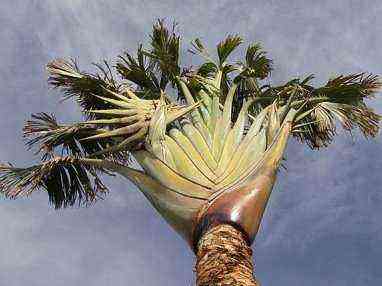
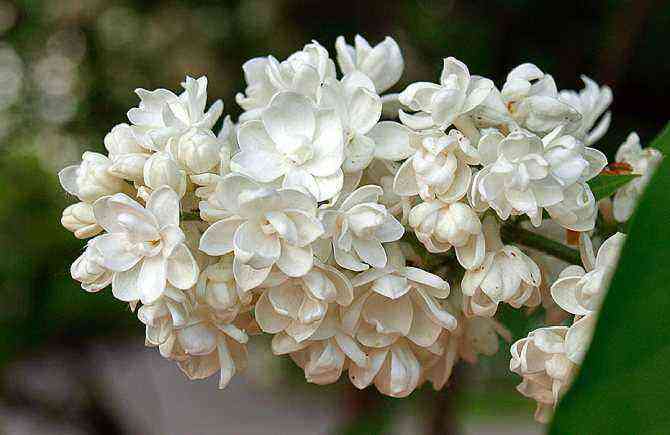
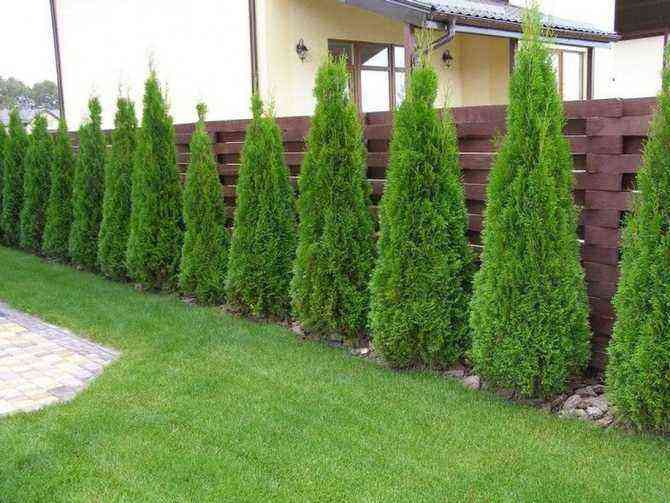
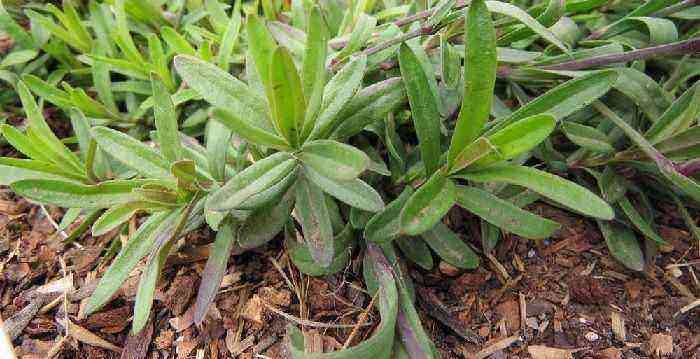
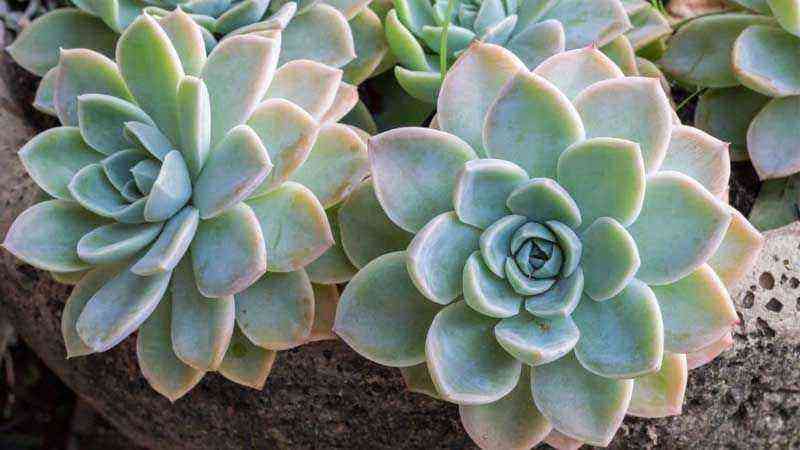
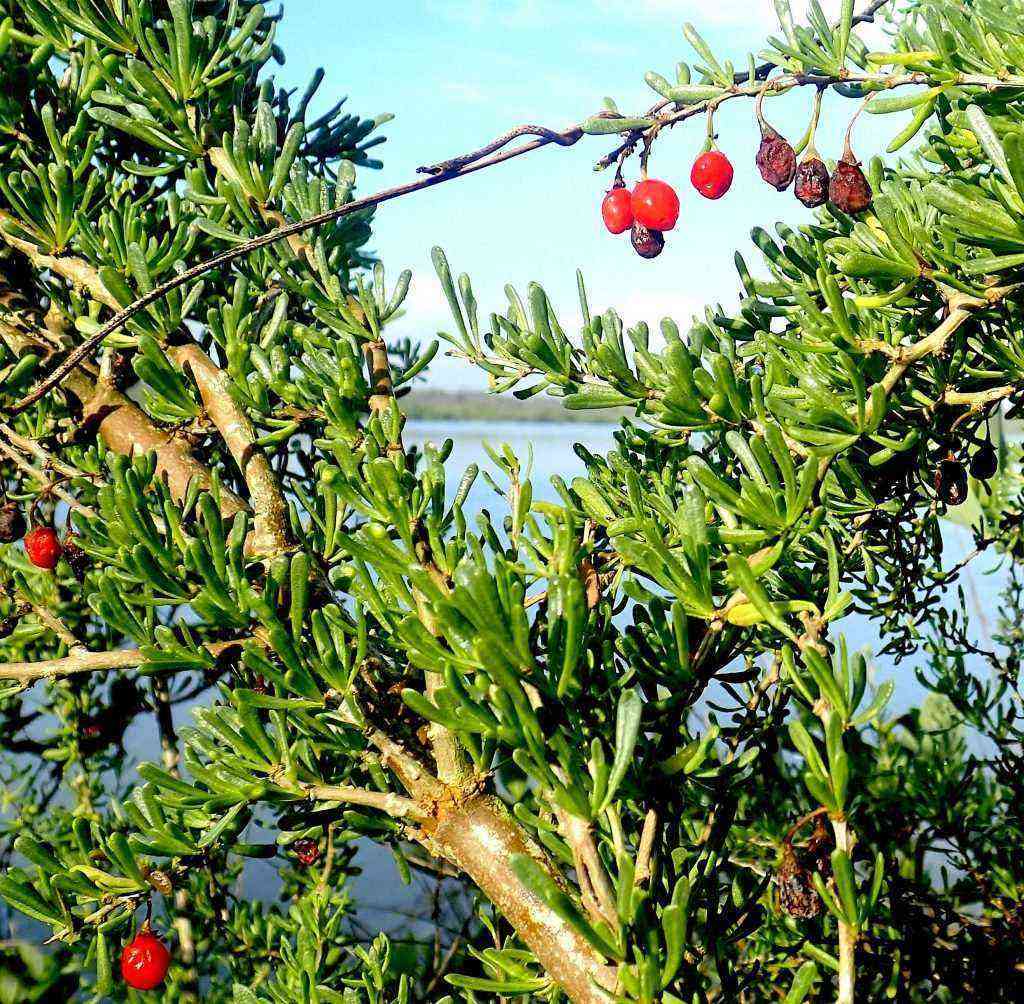
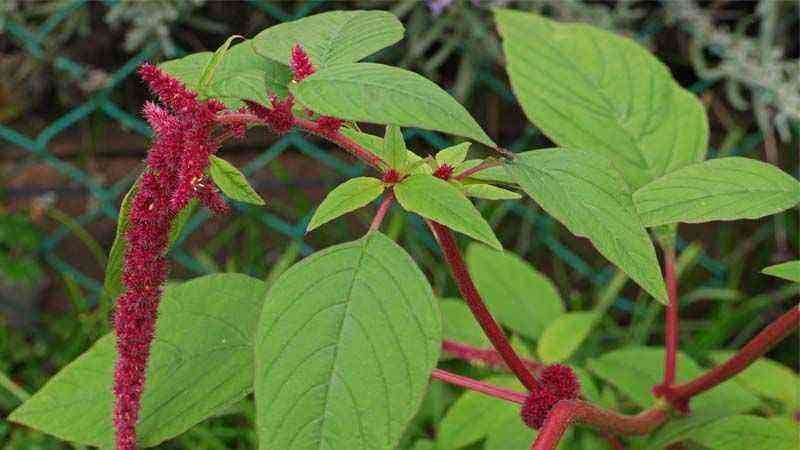
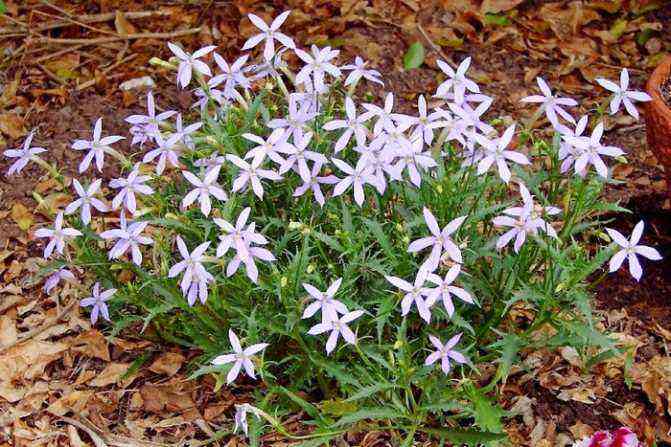
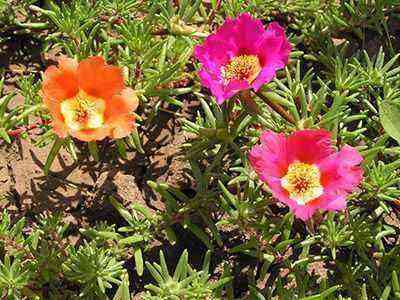
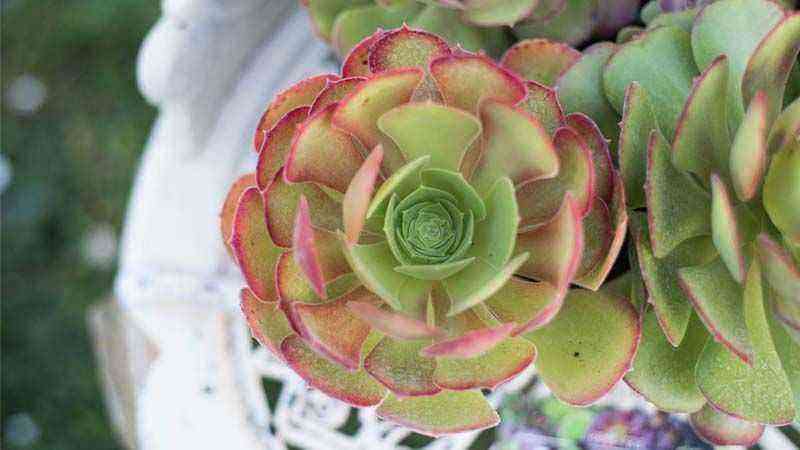
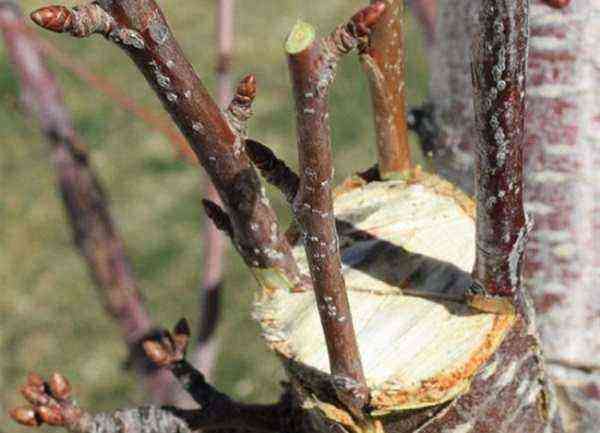
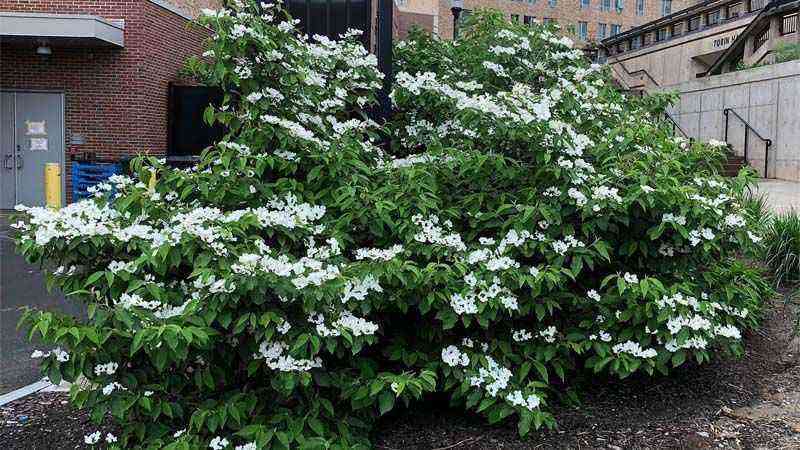

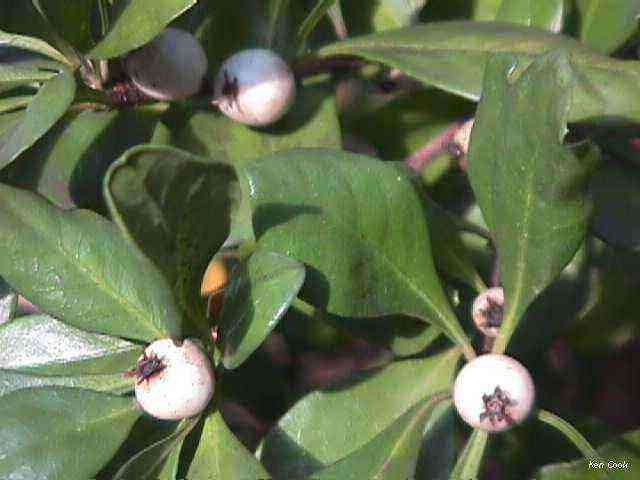
![Cultivo de Magnolia stellata [magnolia estrellada] Cultivo de Magnolia stellata [magnolia estrellada]](https://farmer-online.com/wp-content/uploads/2021/05/Cultivo-de-Magnolia-stellata-magnolia-estrellada.jpg)
